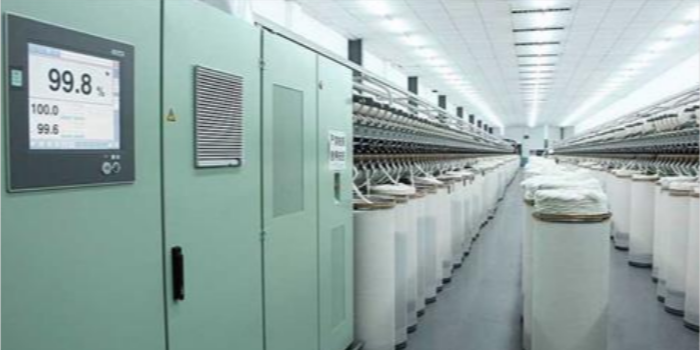
Ring and Rotor Spinning of Recycled Fibres
The increasing importance of recycled fibre processing
With
barely one per cent of garments being recycled and three quarters of the
world’s clothing ending up in landfill, the textile industry is actively
seeking ways to make production patterns more sustainable and pay more
attention to the entire life cycle of items of clothing. Rieter is offering
solutions for the integration of recycled raw material into yarn production to
help close the textile loop. The results of our latest study show that it is
possible to spin not only rotor, but also ring yarns of different quality with
a considerable amount of recycled raw material on a Rieter system.
In
recent years, better use of raw materials has become very important in the
textile sector due to growing environmental awareness, legal requirements for
more sustainability, and the cost of raw materials. As a result, more research
and development is being carried out in the various areas of textile recycling.
Coordination
and cooperation between the different industrial sectors, from the procurement
of raw materials through to the new final product, will be vital. Only then
will it be possible to expand and optimise the entire recycling process to help
it grow into a larger market. In the next few years, the realistic market
potential for the staple fibre industry for recycled raw materials amounts to
around 7.6 million tons annually if the current trend continues.
Classify the raw material
To
help spinners in the area of recycled fibres, Rieter has established a
classification system for the typical recycled raw material quality available
on the market (Fig. 1). The Rieter Recycling Classification makes it easier for
spinners to estimate what targets can be reached depending on the material. The
short-fibre content, the mean fibre length and the 5 per cent fibre length are
important parameters after the tearing process because they help to determine
which subsequent spinning process (ring or rotor)




